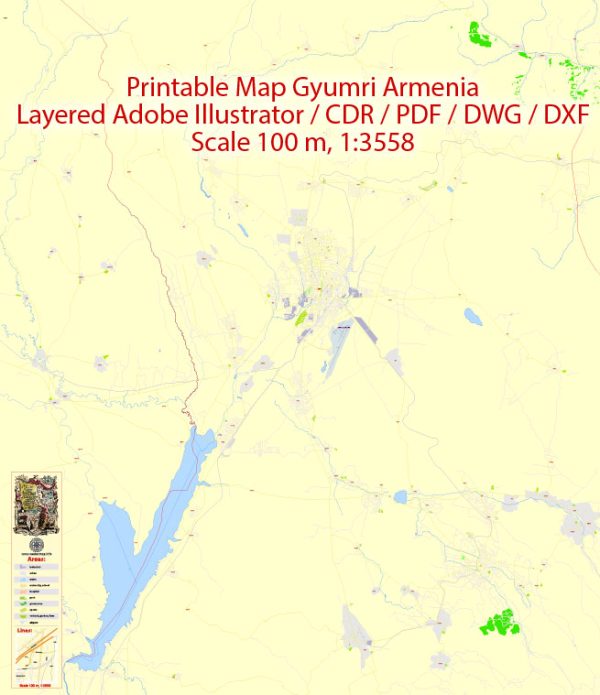Gyumri is the second-largest city in Armenia and holds a rich history that spans several centuries. Here is a brief description of Gyumri’s history:
- Ancient Origins: Gyumri, originally known as Kumayri, has ancient origins dating back to the 5th century BC. It was founded by the Urartians, an ancient kingdom in the region, and served as a fortress and trading post.
- Persian and Ottoman Rule: Over the centuries, the city passed through the hands of various empires, including the Persian and Ottoman Empires. Under Persian rule, it was known as Alexandropol, and under Ottoman rule, it was called Gümrü.
- Russian Annexation: In the early 19th century, Gyumri became part of the Russian Empire as a result of the Russo-Persian War of 1826-1828. The city’s name was Russified to Alexandropol.
- Industrialization and Growth: Gyumri saw significant growth during the 19th century, becoming an important center of trade and industry. It was strategically located on the trade routes between the Russian Empire and Persia.
- Armenian Genocide: Gyumri, like much of Armenia, suffered during the Armenian Genocide (1915-1923) when many of its Armenian residents were massacred or forcibly deported by the Ottoman Empire. The city’s population was significantly reduced during this period.
- Soviet Era: After the Russian Revolution of 1917, Armenia became a Soviet republic, and Gyumri was renamed Leninakan in honor of Vladimir Lenin. The city continued to develop industrially during the Soviet era.
- Earthquake of 1988: One of the most significant events in Gyumri’s recent history was the devastating earthquake that struck in 1988. The earthquake caused extensive damage to the city, leading to a reconstruction effort in the years that followed.
- Post-Soviet Independence: With the collapse of the Soviet Union in 1991, Armenia regained its independence, and the city was renamed Gyumri. It has since become an important cultural and economic center in modern Armenia.
- Cultural Heritage: Gyumri is known for its rich cultural heritage, including traditional Armenian architecture, historical churches, and museums that showcase the city’s history.
- Contemporary Gyumri: Today, Gyumri continues to play a vital role in Armenia’s cultural and economic life. It is known for its vibrant arts and cultural scene, as well as being the center of Armenia’s third-largest urban area.
Gyumri’s history is marked by its resilience in the face of numerous challenges, and it remains an important part of Armenia’s historical and cultural identity.


 Author: Kirill Shrayber, Ph.D.
Author: Kirill Shrayber, Ph.D.